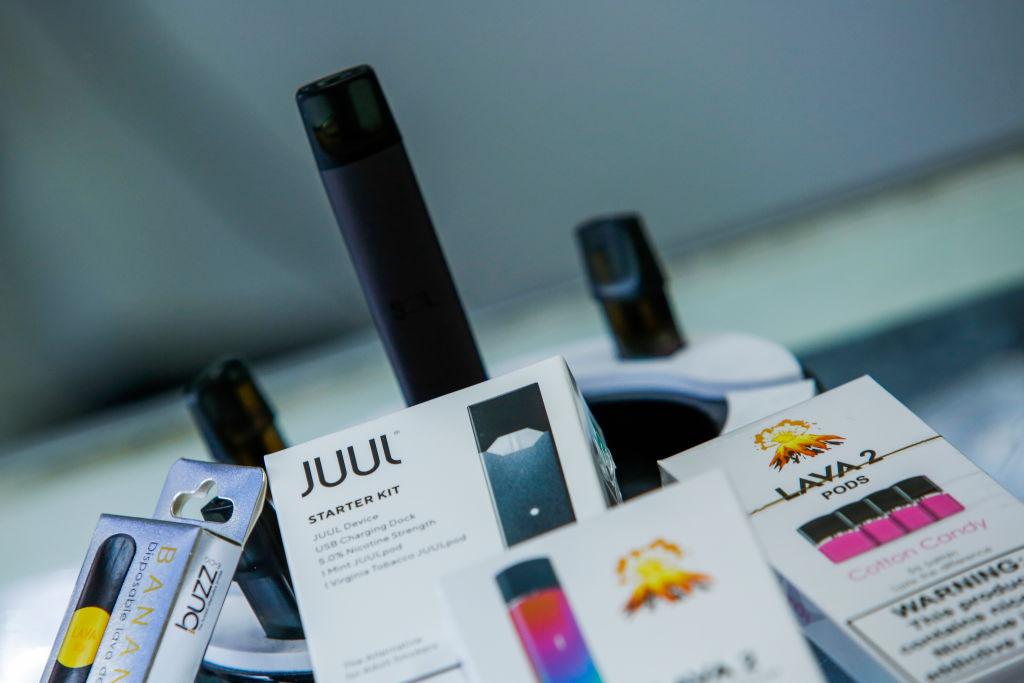SAN DIEGO—A University of California–San Diego (UCSD) study released on May 30 indicates a recent surge in young tobacco users in the United States, most of whom are vaping e-cigarettes on a daily basis.
In 2017, a 40 percent increase in U.S. e-cigarette sales, which UCSD says was driven by products manufactured by electronic cigarette company JUUL Lab, coincided with a notable increase in young daily smokers.





